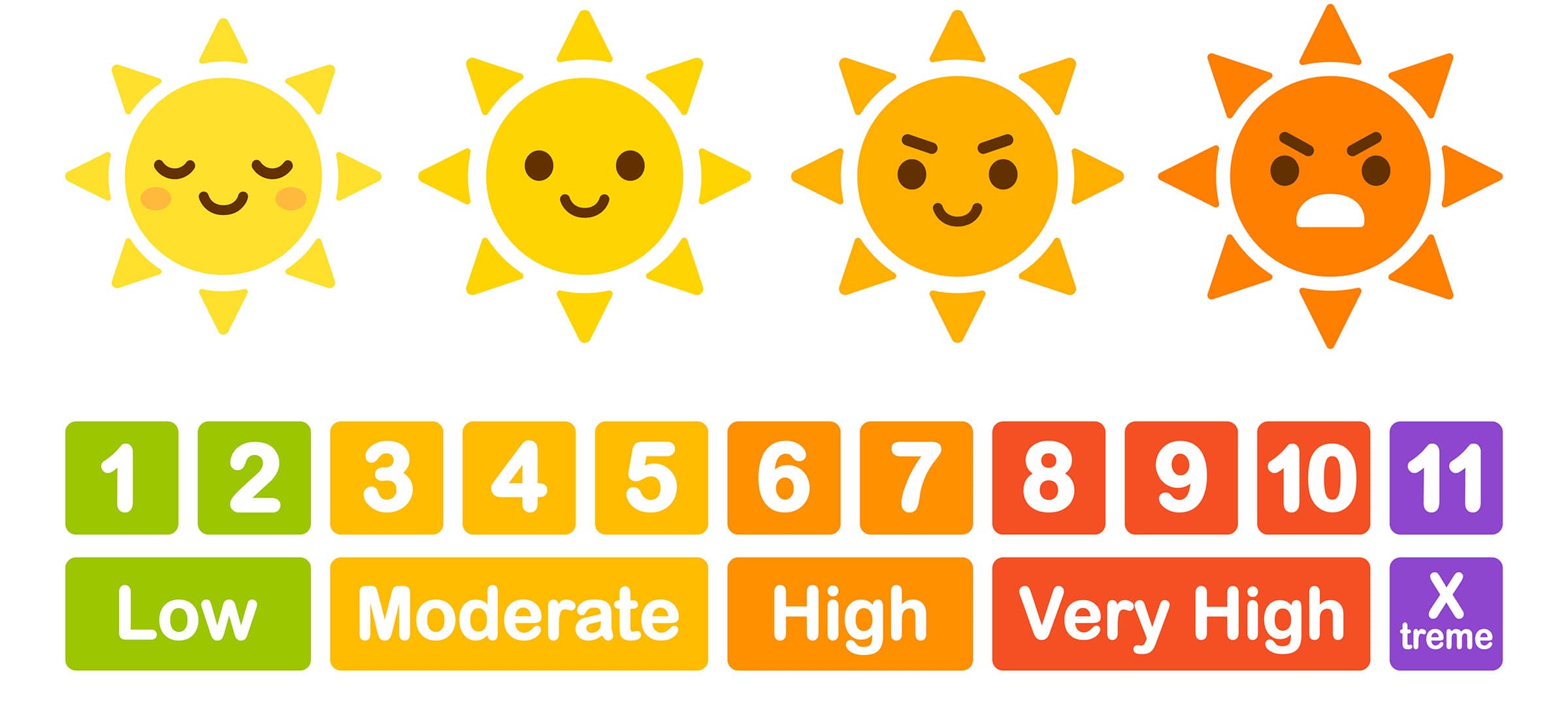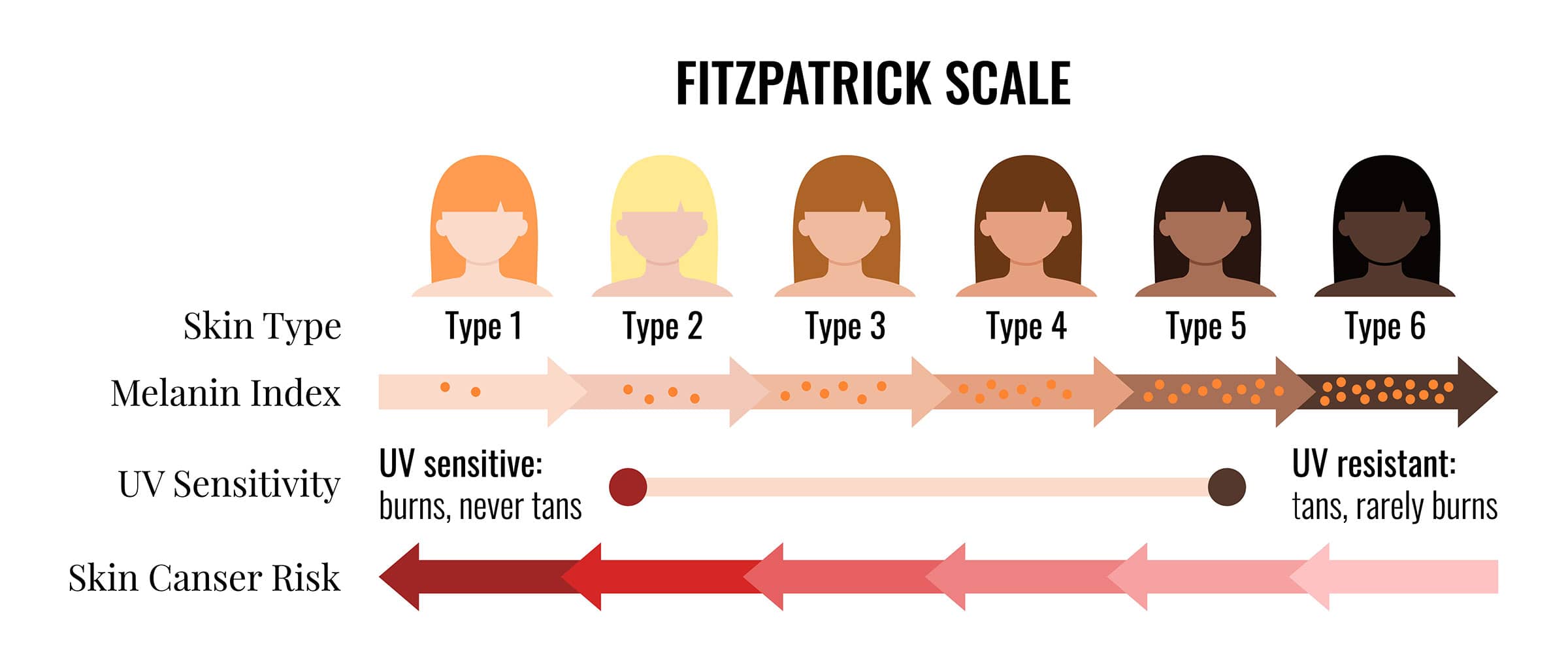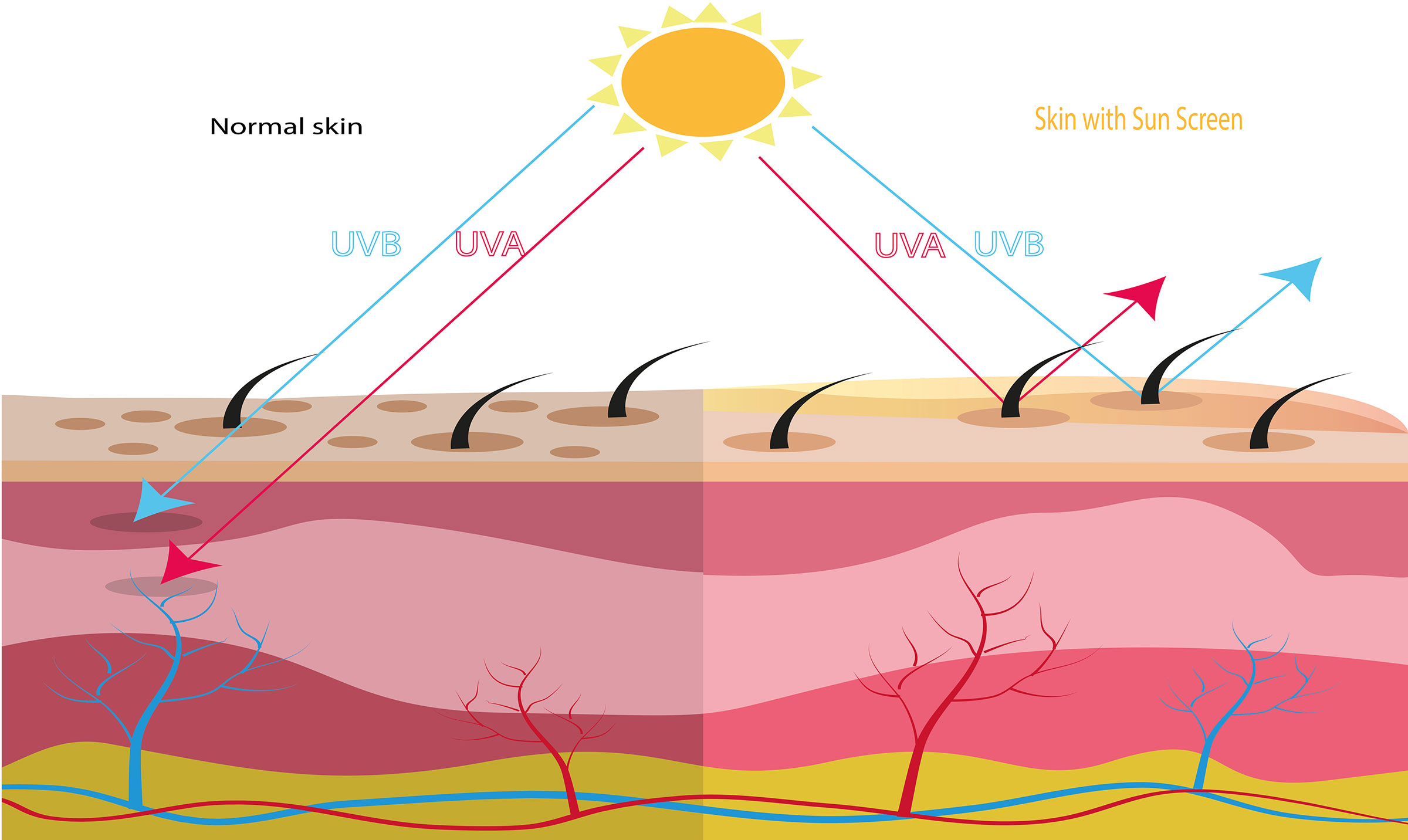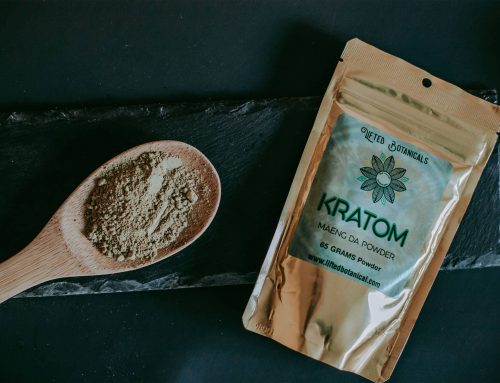We may earn money or products from the companies mentioned in this post at no additional cost to you.

What UV Index Is Best For Tanning?
Do you want to get a beautiful tan without putting your skin at risk? Knowing what UV index is best for tanning can help. The UV index measures the intensity of ultraviolet radiation from the sun and is a key factor in determining how much time you should spend outside. In this article, we will explore the ideal UV index for tanning, tanning tips for different skin types, and the benefits and risks associated with tanning. Additionally, we’ll provide advice on protecting your skin from sun damage and creating an effective tanning routine.
Understanding the UV Index
You may be wondering what the perfect amount of sun exposure is, and understanding the UV Index can help you determine that. The UV Index is a numerical value used to represent the intensity of ultraviolet radiation from the sun. It ranges from 0 to 15+, with 0 being no exposure and higher numbers indicating more dangerous levels of ultraviolet radiation. Knowing this information is important for protecting yourself against overexposure to ultraviolet radiation, as well as finding out what good UV index for tanning is best for you.
The ideal UV tanning index depends on your skin type and preferences. Generally speaking, most people find that a UV Index between 2-4 provides an optimal balance between getting enough vitamin D from the sun and avoiding overexposure which can cause skin damage or even burn. To be sure that you are not over-exposing yourself, it’s best to use sunscreen when your UV Index reaches three or higher, regardless of your skin type or desired outcome. While a higher UV Index would be better for tanning, it actually increases the risk of burning or other skin damage, so it’s best to err on the side of caution by sticking with lower numbers.
The Ideal UV Index for Tanning
The perfect amount of sunshine for a nice glow? That’s what this section is all about! The UV index is the measure used to determine how much ultraviolet radiation, or UV rays, are present in the atmosphere. Knowing what UV index is best for tanning can help you achieve that healthy, natural-looking tan without getting burned. It’s important to note that different skin types require different levels of sun exposure. Generally speaking, the ideal range for most people is between 3 and 6 on the UV Index scale. Anything higher than six may result in skin damage from overexposure, and anything lower will not give a noticeable tan. So if you want to get some color without increasing your risk of sunburns or other skin issues, aim for an index score between 3 and 6.
Tanning Tips for Different Skin Types
Navigating the perfect amount of sun exposure can be tricky depending on your skin type, so it’s helpful to have some tips for tanning tailored to you. Those with pale skin should start off slowly and gradually increase their exposure until they reach their desired level of tan. They should limit their time in the sun and cover up when necessary. Those with medium-to-darker complexions can handle more direct sunlight but must also take precautions against overexposure, which can lead to burns and other skin damage. Sunscreen is essential for everyone, no matter what their complexion or UV index. It will help keep your skin safe from harmful rays while allowing you to achieve a beautiful golden glow.
Additionally, those with very sensitive skin may consider using self-tanning lotion or spray as an alternative option for achieving a subtle bronzed look without risking irritation due to UV exposure. With these tips in mind, anyone can find the right balance between sun exposure and protection that works best for them. Now let’s look at the potential benefits of tanning in more detail…
What is The Fitzpatrick Scale?
The Fitzpatrick Scale is a numerical classification system used to categorize human skin color and its response to UV light. It was developed by Harvard dermatologist Thomas B. Fitzpatrick in 1975 and is widely used in dermatology and cosmetic industries. The scale consists of six different skin types, ranging from Type I to Type VI, based on one’s skin color, hair color, eye color, and the tendency to burn or tan. Here is a brief description of each skin type:
- Type I: Very fair skin, often with freckles, blue or green eyes, and red or light blonde hair. Always burns and never tans.
- Type II: Fair skin, with blue or green eyes and blonde or light brown hair. Usually burns easily and tans minimally.
- Type III: Medium to fair skin, with a wider range of eye and hair colors. Sometimes burns and gradually tans to a light brown shade.
- Type IV: Olive or light brown skin, with dark brown eyes and hair. Rarely burns and tans easily to a moderate brown shade.
- Type V: Dark brown skin, typically with dark brown eyes and hair. Rarely burns and tans easily to a dark brown shade.
- Type VI: Deeply pigmented dark brown to black skin, often with dark brown eyes and hair. Never burns and tans easily to a very dark brown or black shade.
The Fitzpatrick Scale helps professionals in determining appropriate skincare treatments, sun protection strategies, and minimizing the risk of skin damage or diseases like skin cancer. However, it is important to note that the scale is just a guide and individual skin responses may still vary within each type.
Benefits of Tanning
Reaping the rewards of a golden tan can be incredibly satisfying, so don’t miss out on the benefits of soaking up some sun! Tanning is not only an enjoyable activity, but it also provides numerous health benefits. Moderate exposure to UV rays helps your body synthesize Vitamin D, which plays an important role in promoting strong bones and teeth and helping protect against certain types of cancer. A light tan can also help even out skin tone and protect from UV rays by creating a thin barrier between your skin and the environment. Additionally, it has been known to boost moods and reduce stress levels due to its calming effects. Despite these rewards, it’s important to remember that too much sun can lead to serious risks – making moderation key when seeking the full benefits of a healthy glow.
Risks of Tanning
Getting a tan may seem like an easy way to look and feel good, but too much sun exposure can cause serious health risks. Excessive UV radiation from the sun or indoor tanning beds can lead to skin cancer, premature aging of the skin, and eye damage. Sunburns are particularly dangerous because they increase your risk for melanoma, which is one of the most deadly forms of skin cancer. Tanning also suppresses the immune system, making you more vulnerable to other illnesses and infections. Additionally, long-term exposure increases your risk for cataracts and other eye diseases. With increased awareness surrounding these dangers in recent years, it is important to take proactive steps to protect yourself from sun damage.
Protecting Your Skin from Sun Damage
You can protect your skin from sun damage by taking precautionary measures, like wearing sunscreen and avoiding prolonged exposure to the sun. Sunscreen should be applied at least 20 minutes before going into the sun and reapplied every two hours or more often if you are sweating or swimming. To further protect your skin, wear hats, protective clothing, and sunglasses, and avoid being out during peak UV index hours of 10 am to 4 pm. Additionally, it’s important to check the UV index for your area on a daily basis; this will help you determine when it is safest to spend time in the sun without putting your skin at risk of burning or long-term damage.
Furthermore, reducing the amount of time spent in direct sunlight can also help protect your skin from damage due to UV rays. With these precautions in mind, you can still enjoy some time outdoors while keeping your skin safe from harmful ultraviolet radiation. Transitioning now to building an effective tanning routine that minimizes risks while promoting healthy tanning requires an understanding of what UV index is best for tanning.
Building an Effective Tanning Routine
To achieve that perfect sun-kissed glow, it’s important to understand the right amount of UV exposure for your skin type and adjust your tanning routine accordingly. Generally speaking, the optimal UV index for tanning is between 2 and 4. This range provides enough ultraviolet radiation to stimulate melanin production without causing skin damage or increasing your risk of developing skin cancer. It’s important to note that this range can vary depending on several factors, such as skin type, time of day, and geographic location.
When planning out a tanning routine, start with short sessions in the sun at this ideal UV index range and gradually increase the duration over time. This ensures you don’t overexpose yourself to harmful UV rays but still gives you enough time to build up a healthy base tan before taking longer sessions outdoors or visiting a tanning bed. Additionally, always wear sunscreen when outdoors and reapply as necessary!
Conclusion
When it comes to tanning, a UV index of 3 or higher is generally considered best. This means that the sun’s rays are strong enough to stimulate the production of melanin in the skin, resulting in a tan. The UV Index is an important tool for determining the safety of outdoor activities. Knowing the ideal UV Index for tanning and understanding your own skin type is key to building a safe tanning routine. Tanning provides many benefits, but it’s important to be aware of the risks associated with overexposure to the sun. Protecting your skin from sun damage can help you enjoy long-term results from your tanning routine.







